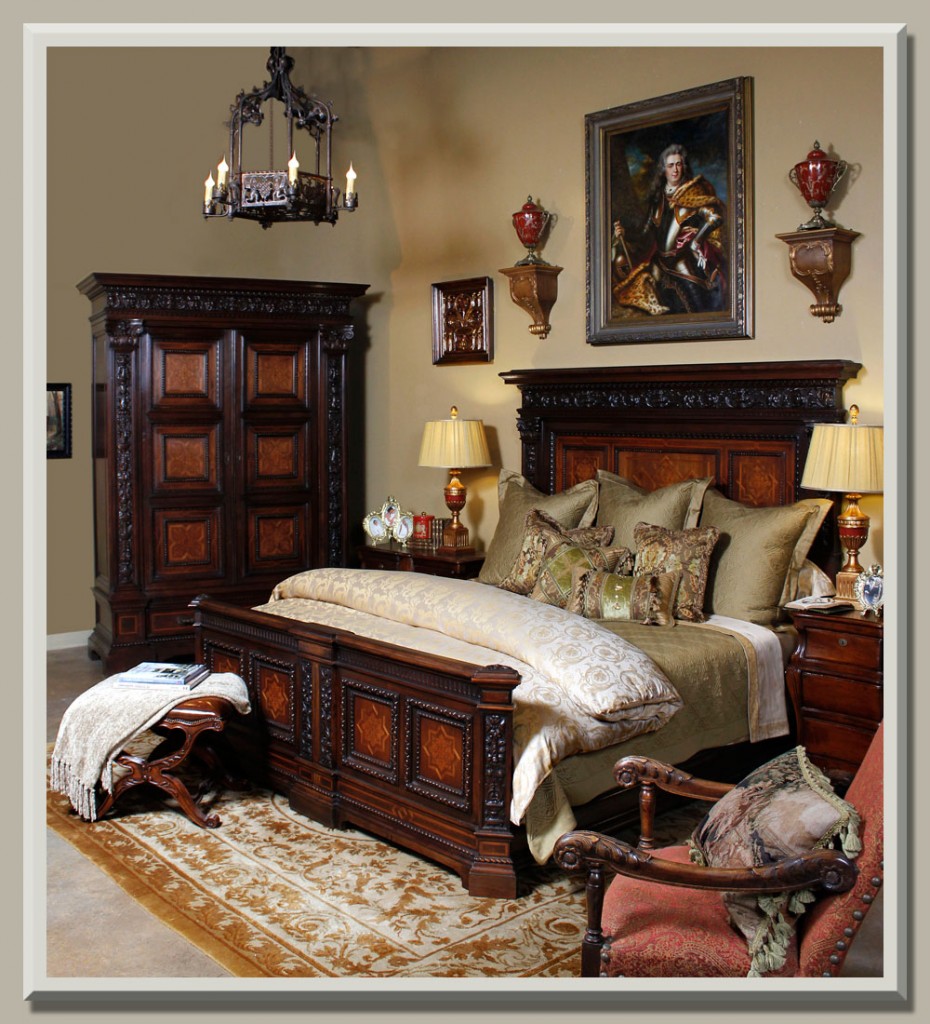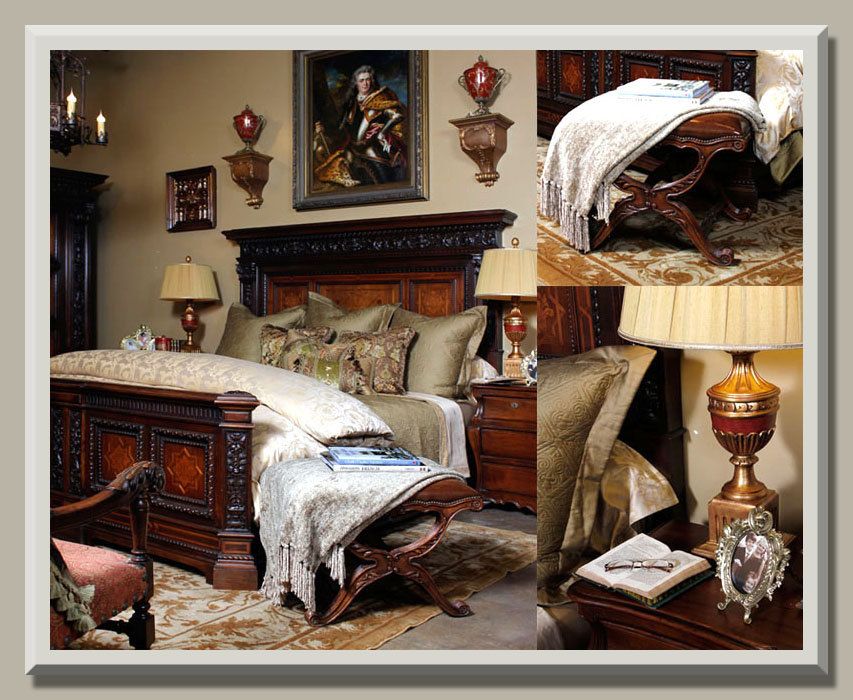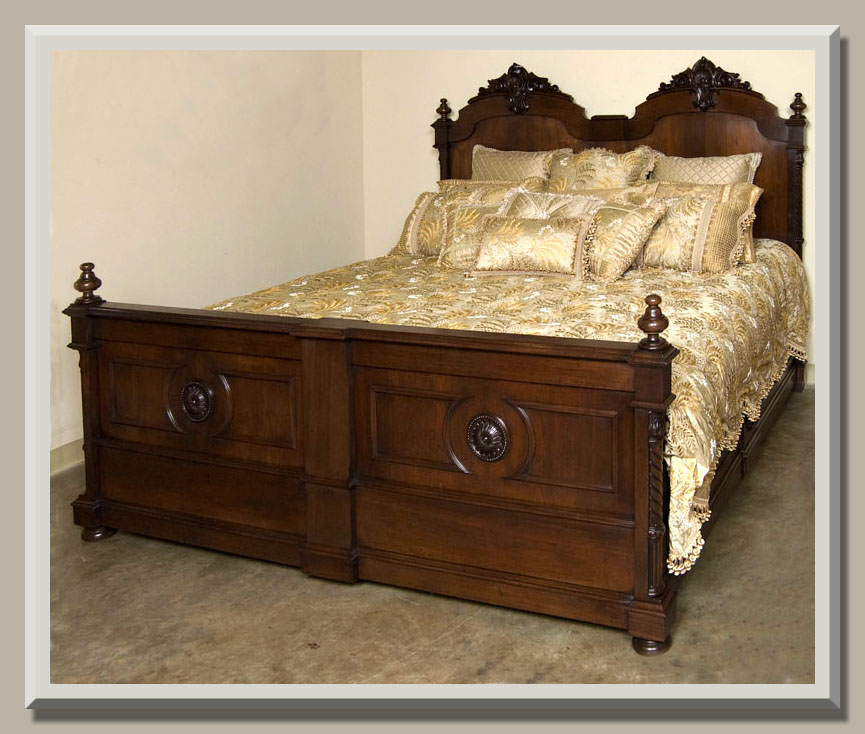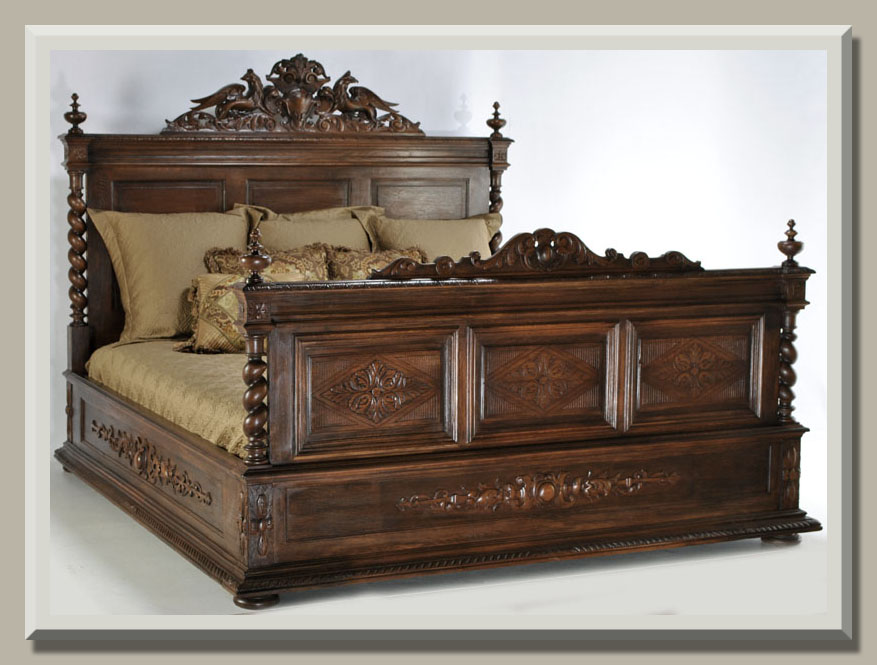 There is no question that styles come and go. What was in vogue a decade ago is many times totally abandoned by those that follow trendy styles. Antique styles temporarily go in and out of favor. Even types of finishes get repainted and covered by more the trendy hues. I remember in the eighties when natural wood finishes were all the rage. We stripped painted pieces to reveal the natural wood underneath. Today painted and white-washed shades are back in style, plus silver and pewter tones have returned into prominence among the trendy.
There is no question that styles come and go. What was in vogue a decade ago is many times totally abandoned by those that follow trendy styles. Antique styles temporarily go in and out of favor. Even types of finishes get repainted and covered by more the trendy hues. I remember in the eighties when natural wood finishes were all the rage. We stripped painted pieces to reveal the natural wood underneath. Today painted and white-washed shades are back in style, plus silver and pewter tones have returned into prominence among the trendy.
On a recent buying trip I came across a particular painting that caught my eye. It was sitting on the floor of a warehouse ~ almost asking me to be rescued. The canvas had an intriguingly vibrant seascape (which is one of John’s favorite subjects). Unfortunately the frame appeared to be beyond hope ~ painted over in globs of gold and void of any ornament or carving. However, I liked the canvas and after acquiring it from the dealer the painting arrived in one of our monthly antique shipments.
As all of our antique paintings undergo a thorough cleaning and restoration before being placed in to the gallery, this painting and the frame was given the usual restoration treatment. As we attempted to clean the frame, the layer of frightening gold paint started to come off, revealing the original antique silver leaf underneath! What a surprise it was! This ugly duckling was transformed into a silver swan.
We can only assume that years ago, as silver frames went out of fashion, gold was painted over the silver leaf and buried underneath, the true intentions of the artist (usually the artist would choose the frame for the canvas).
I keep returning to the wall upon which we’ve hung the painting, just to admire it. I so love the way it looks now ~ a truly remarkable transformation, expressing the artist’s original vision and so capably restored by our expert in-house staff!


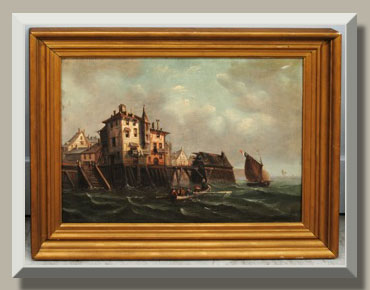
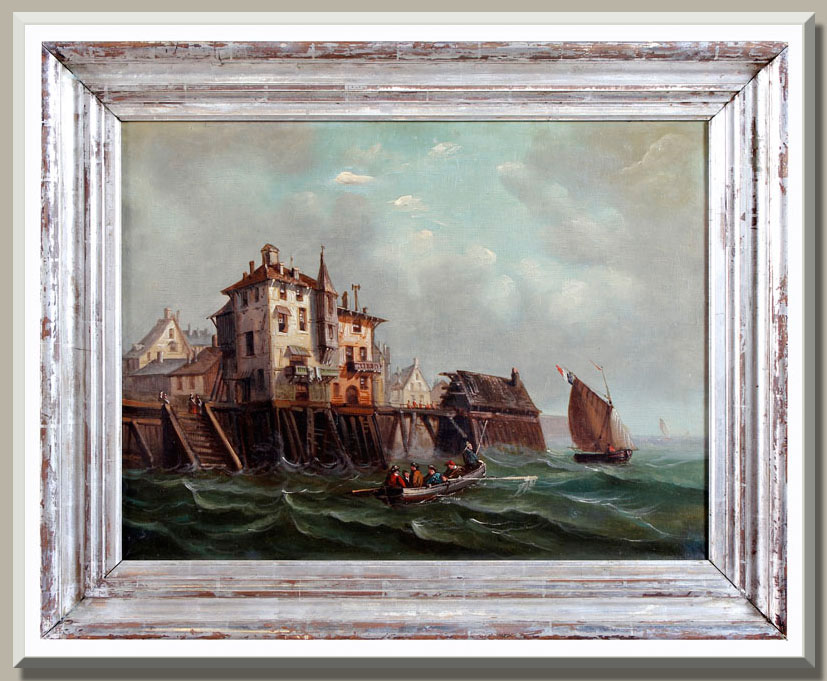

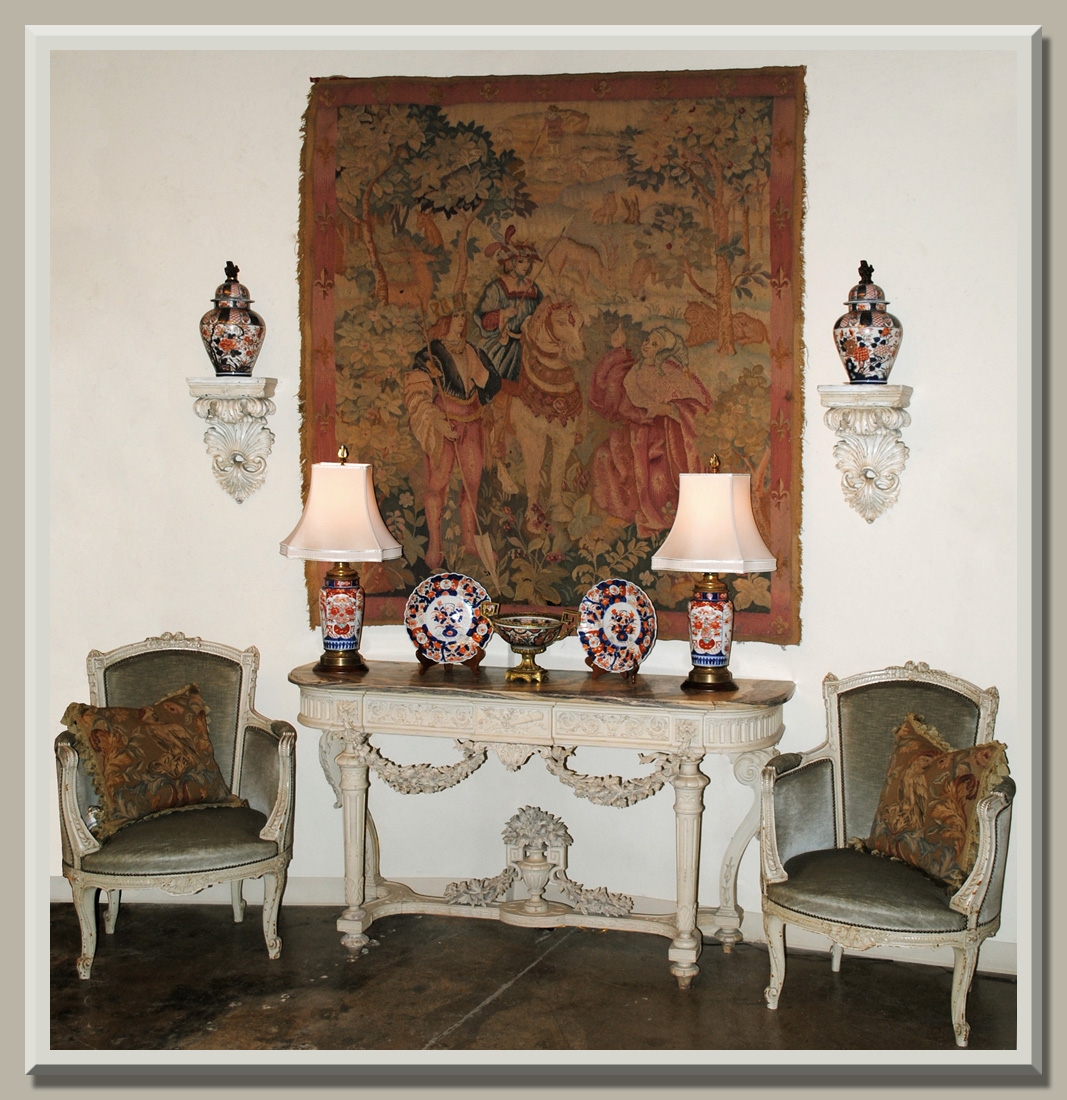
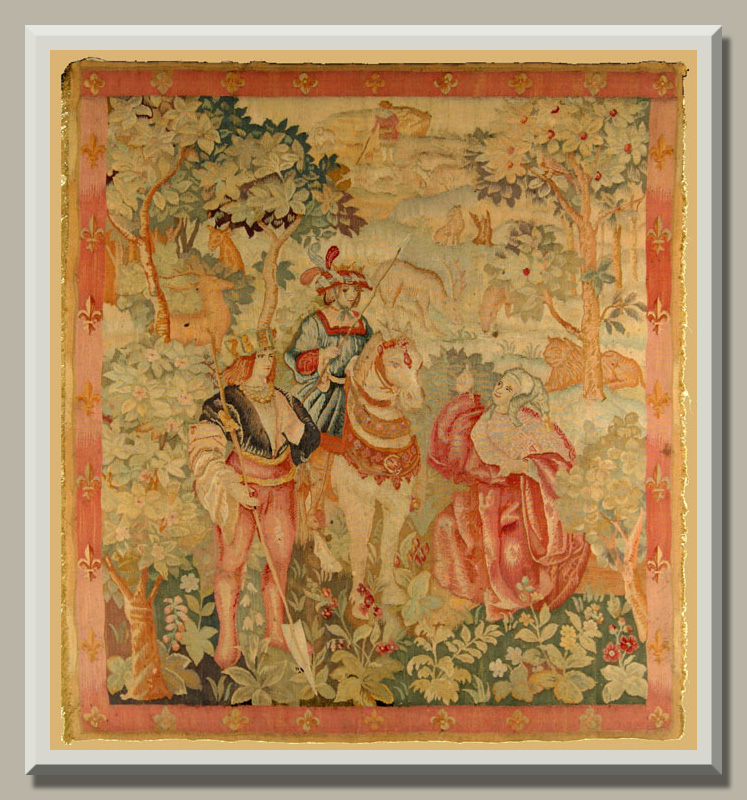

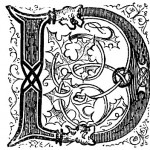 D
D